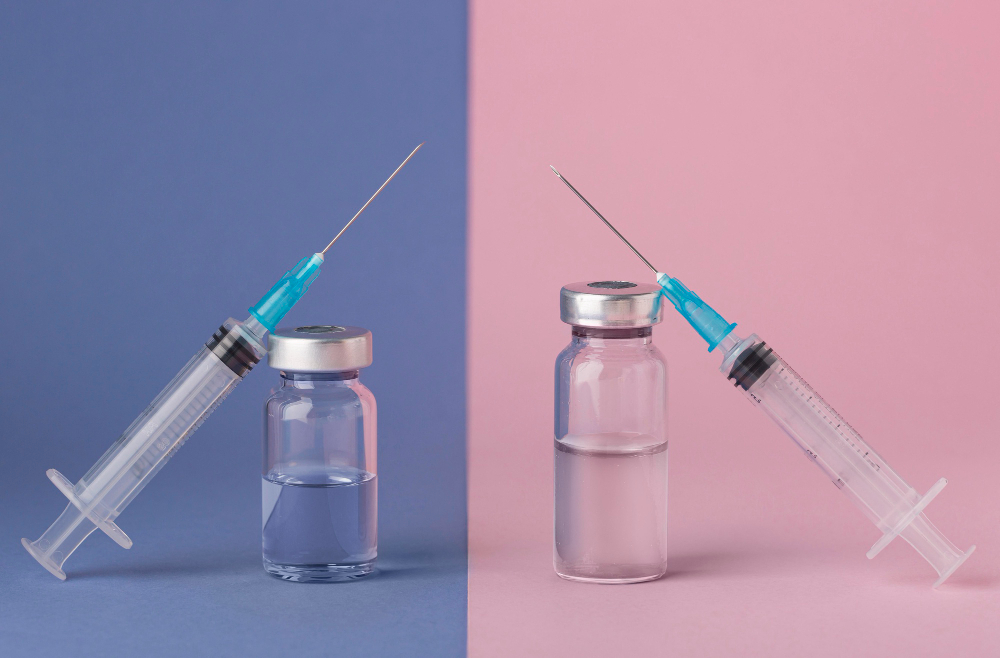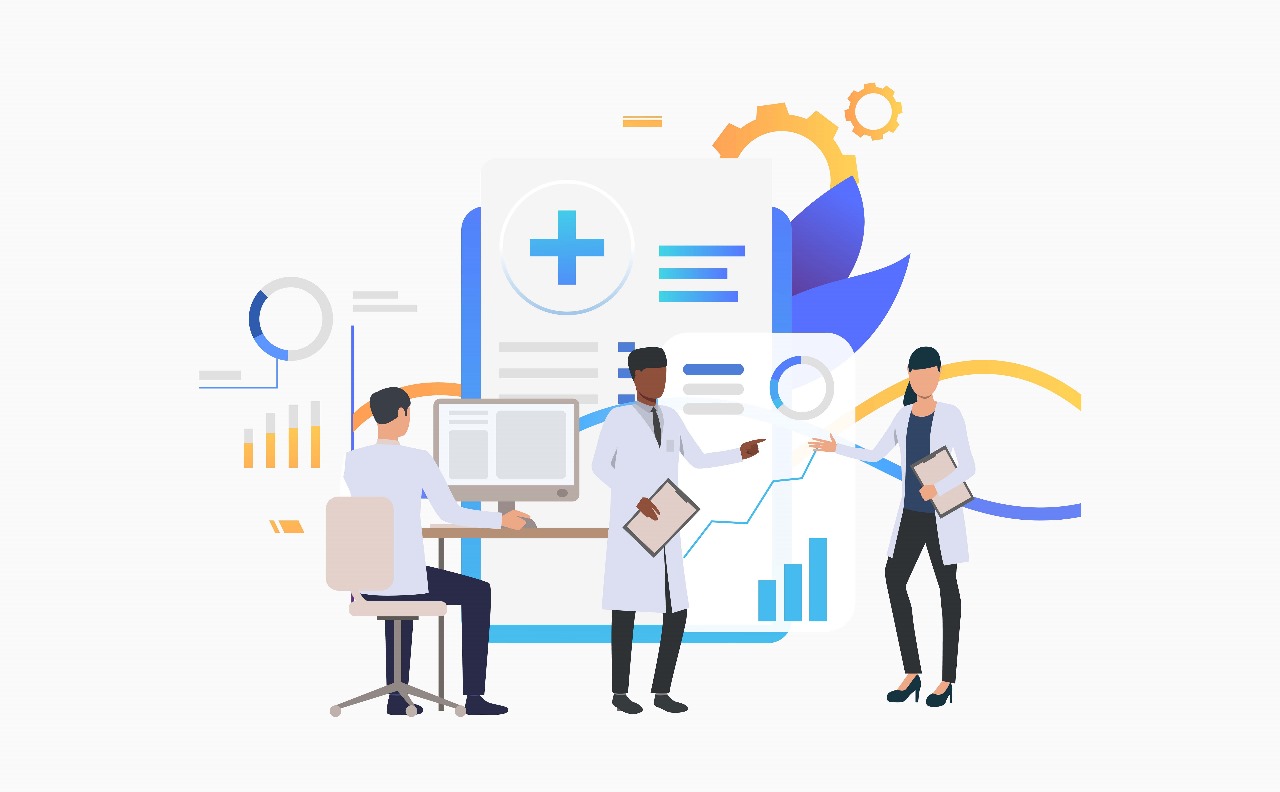by Mrudula Kulkarni
7 minutes
Why Lyophilization Is Critical for Biologics and Injectable Drugs
Freeze-drying boosts biologics’ shelf life, stability, and safety—making injectable drugs effective even in harsh conditions.

In a dusty village on the outskirts of Rajasthan, a healthcare worker opened an icebox and took out a vial of life-saving vaccine. It was supposed to protect the community from an outbreak of a rare viral disease. But something was off—the color had changed. The label said, “Store below 8°C.” Unfortunately, the power outage the night before had lasted too long. The vaccine had degraded. Another batch, lost to the fragility of modern medicine.
This scene is more common than we’d like to admit. Across the world, from remote jungles to bustling cities, biologic drugs and injectable therapies are vulnerable. They’re powerful, precise, and revolutionary—but they’re also divas when it comes to stability. A slight temperature swing, excess moisture, or delay in delivery can render them useless—or worse, dangerous.
But what if we could remove the water, the heat, the fragility—without removing the medicine’s soul?
Enter lyophilization, the quiet superhero of pharmaceutical science.
Freeze-Drying: The Art of Gentle Preservation
Imagine trying to preserve a snowflake—not just its shape, but its intricate details. That’s what lyophilization (commonly called freeze-drying) tries to do with fragile drugs.
It’s a sophisticated three-step process:
- Freezing the drug formulation into a solid state
- Sublimating (not melting!) the ice directly into vapor in a vacuum
- Desorbing the final traces of water to leave behind a dry, porous cake
This cake might look ordinary. But inside, it holds one of modern medicine’s most delicate molecules—protected from heat, oxidation, and degradation. When it’s time for action, all it takes is a bit of sterile water to bring it back to life.
Think of it as the Sleeping Beauty of pharma—frozen in time, only to be awakened when the patient needs it.
Why Biologics Are So Delicate—and Demanding
Unlike simple chemical drugs like paracetamol, biologics are massive, complex structures. These include monoclonal antibodies, recombinant proteins, vaccines, and gene therapies. They’re made in living cells, and they behave like living things—sensitive to:
- Temperature changes
- Exposure to light or oxygen
- Moisture
- Shifts in pH or pressure
Even a minor hiccup in handling can cause these proteins to unfold, clump together (aggregate), or degrade, losing their therapeutic effect or triggering immune reactions.
If liquid biologics are like high-strung celebrities needing a green room with exact lighting and temperature, lyophilized biologics are seasoned actors—stored safely backstage, ready to perform on cue, no tantrums.
How Lyophilization Transforms Drug Performance and Delivery
1. Extended Shelf Life
Lyophilized drugs can last for years without losing potency. That’s not an exaggeration. Removing water—the universal medium for chemical reactions—puts the drug in suspended animation.
This is critical for:
- Vaccines that must survive long journeys
- Orphan drugs with slow-moving inventory
- Clinical trials, where consistency is everything
2. Room-Temperature Stability
Biologics often demand refrigeration or freezing. But not every part of the world has reliable electricity or insulated transport.
Freeze-dried formulations reduce dependency on the cold chain, making therapies more accessible in rural and underserved areas.
3. Easier Transport and Storage
Liquid injectables are heavier and more prone to leakage or microbial growth. Lyophilized vials are light, sterile, and less fragile. For emergency medicine, disaster relief, and field hospitals, this simplicity is golden.
4. On-Demand Reconstitution
Need it now? Just add water. No fuss. No waiting. The drug springs back into action, ready for administration. This “just-in-time” feature is a major advantage in operating rooms, ICUs, and even space missions.
5. Fewer Preservatives
Since microbes need water to grow, lyophilized drugs don’t need preservatives. This is particularly beneficial for pediatric formulations or immunocompromised patients, who may react poorly to additives.
Real-World Examples of Freeze-Dried Heroes
Monoclonal Antibodies (mAbs)
These precision-targeting biologics are vulnerable to aggregation in liquid. Many—like Herceptin (trastuzumab)—are sold as freeze-dried powders for exactly this reason. It ensures that every dose works as expected.
Vaccines
From smallpox to COVID-19, vaccines have benefited immensely from lyophilization. For example, measles and BCG vaccines are shipped worldwide in freeze-dried form. It allows them to reach the most remote clinics intact.
Peptides and Protein Hormones
Insulin, growth hormones, and calcitonin—these life-saving drugs are prone to degradation in liquid. Freeze-drying ensures they remain potent until the moment they are needed.
The Science and Strategy Behind Lyophilization
It may look simple—a powder in a vial—but lyophilization is precision science.
Excipient Selection
Sugars like trehalose or sucrose act as protectants, forming a glassy matrix around proteins during drying. Buffers maintain pH, while surfactants prevent foaming and surface stress.
Process Design
The rate of freezing affects ice crystal size, which affects how vapor escapes. Sublimation too fast can collapse the cake; too slow can waste time and energy.
Manufacturers spend months fine-tuning:
- Thermal properties (via DSC, TGA)
- Cake structure
- Residual moisture (via Karl Fischer titration)
- Reconstitution time
Packaging Matters
Even after drying, moisture can sneak in. That’s why vials, stoppers, and seals must be carefully selected for tightness, compatibility, and regulatory compliance.
Where Science Meets Safety: Regulatory Compliance in Lyophilization
In today’s regulatory environment, freeze-drying is not just a technology—it’s a compliance mandate.
Global regulators like the FDA, EMA, and WHO have strict guidelines for:
- Sterility assurance during freeze-drying
- Moisture content specifications (usually <1% for most biologics)
- Validation of lyophilization cycles (via thermal mapping and PAT tools)
- Container-closure integrity to prevent ingress over shelf life
ICH guidelines (especially Q8–Q10) emphasize a Quality by Design (QbD) approach to lyophilized products, encouraging manufacturers to deeply understand how variables affect product quality and safety.
Additionally, data integrity and traceability across all steps—formulation, cycle design, and reconstitution—are now under greater scrutiny. Digital tools, inline sensors, and automated reporting systems are being used to ensure audit readiness and regulatory transparency.
In short, lyophilization isn't just about preserving molecules—it's about preserving trust. Trust that the drug will work exactly as intended, wherever it ends up.
The Cost and Complexity Equation
Is lyophilization expensive? Yes. It involves:
- Long cycle times (up to 72 hours)
- Energy-hungry equipment
- Sophisticated monitoring
But it’s not a cost—it's an investment.
For high-value biologics, especially those costing thousands per dose, the expense of freeze-drying is a tiny price for:
- Global stability
- Consistent efficacy
- Patient safety
A Quiet Guardian of the Future
As pharma moves deeper into personalized medicine, cell and gene therapies, and mRNA platforms, the need for advanced preservation grows.
Tomorrow’s therapies may need to be shipped into war zones, deep forests, or orbiting space labs. Lyophilization, with ongoing innovations like:
- Continuous lyophilization (for faster output)
- Closed-vial systems (for sterility)
- AI-based cycle optimization
will continue to adapt and support.
A Nurse’s Gratitude: Full Circle
Back in Rajasthan, a year after the spoiled vaccine episode, the healthcare worker opened a new delivery—this time, a vial with a label that read:
“Lyophilized – Store below 25°C – Reconstitute before use”
She didn’t need to worry about power outages anymore. The medicine inside that tiny vial had been freeze-dried, carefully preserved in a pharmaceutical lab thousands of miles away.
And just like that, science met service, and a child got the protection they deserved.
Conclusion: Why Freeze-Drying Isn’t Just a Process—It’s a Promise
Lyophilization is more than technical jargon. It’s a lifeline. It transforms delicate, short-lived medicines into resilient, travel-ready warriors.
In an industry where shelf life, safety, and speed can mean the difference between life and death, freeze-drying is the unsung hero operating behind the scenes.
It quietly ensures that miracles—crafted in biotech labs—survive long enough to become reality for the people who need them most.
FAQs
Q1. Why do injectable drugs often require lyophilization?
Many injectable formulations, especially monoclonal antibodies, vaccines, and peptides, are unstable in liquid form and degrade quickly without freeze drying.
Q2. What excipients are commonly used in lyophilized biologics?
Cryoprotectants (e.g., trehalose, sucrose) and stabilizers (e.g., mannitol, glycine) protect molecular structure during freezing and drying.
Q3. How is lyophilization cycle development different for biologics vs. small molecules?
Biologics require gentle drying profiles, precise temperature control, and tailored excipient systems to prevent denaturation.
Q4. How long does a typical lyophilization process take for injectable drugs?
Cycles can range from 24–72 hours, depending on product formulation, fill volume, and equipment capability.
Q5. Are there innovations improving lyophilization for biologics?
Controlled ice nucleation, PAT monitoring, and continuous freeze drying are emerging to improve efficiency and consistency.




